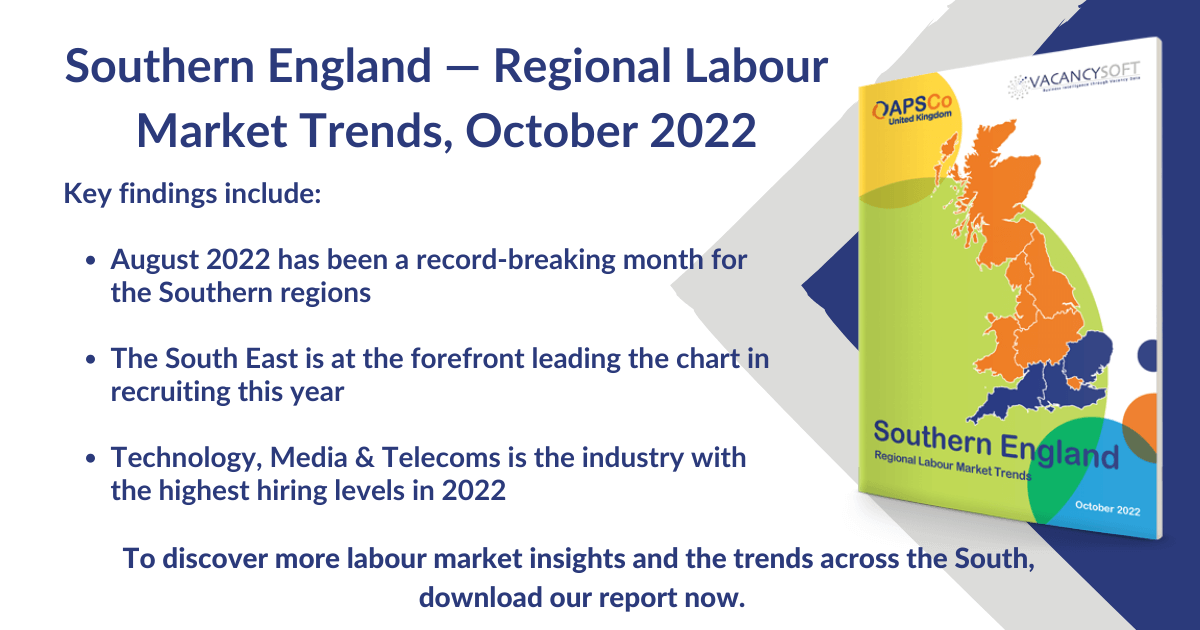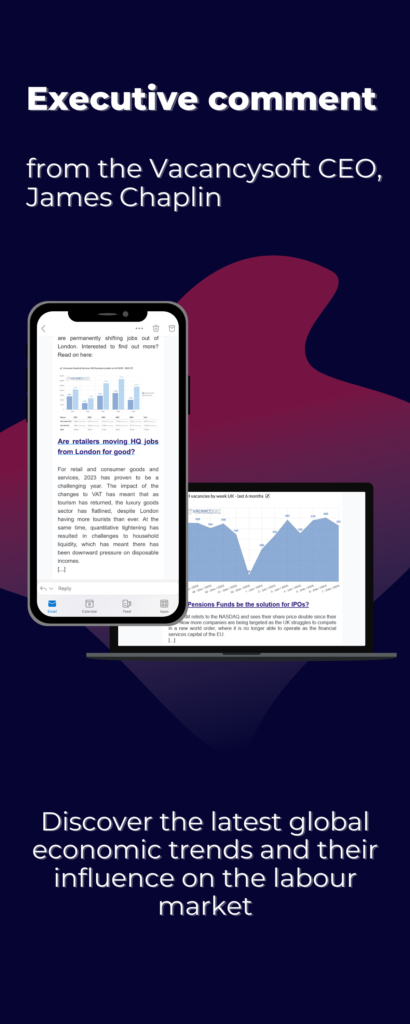
How are vacancies faring in the South amidst the ongoing skills shortage and the salary war? Which regions are experiencing the biggest uplifts? Which industries and firms have increased their hiring levels of these professionals? Download our new report to find out.
Written in partnership with APSCo, this report reviews recruitment trends for jobs in the Southern regions of England. It compares the annual and monthly totals trends, observes the regions where recruitment is rising, breaks down the performance by industries, and analyses the hiring activity of the top firms.
To discover more labour market insights and the trends that drove recruitment
across the South in the first half of 2022; download our report now!

DACH & BENELUX – Life Sciences Labour Market Trends, July 2024
The 2023 year saw a dip across both DACH and BENELUX regions, reflected by the EU data. DACH has kept higher numbers than BENELUX since the start of 2022, but this gap is now shortening whilst still being apparent. So far, the first half 2024 is projected to see lower volumes than the full-year estimate.

Corporate Services – UK Life Sciences Labour Market Trends, June 2024
The UK’s political landscape is particularly noteworthy with Europe facing a series of summer elections. If it gains power, the Labour Party has explicitly stated its intention to improve trade relations with the EU. Although specific plans have not been detailed, any shift in this direction could alleviate the sectoral dampening caused by Brexit.

Employment – UK Legal Labour Market Trends, June 2024
On the first of January, the Labour Party announced its new deal for employees, contingent on their expected victory in the next election. Currently projected at an 88% likelihood of winning, businesses will need to review and update employee contracts to comply with the new regulations. Unsurprisingly, law firms are rapidly recruiting to bolster their employment teams faster than other practice areas.


